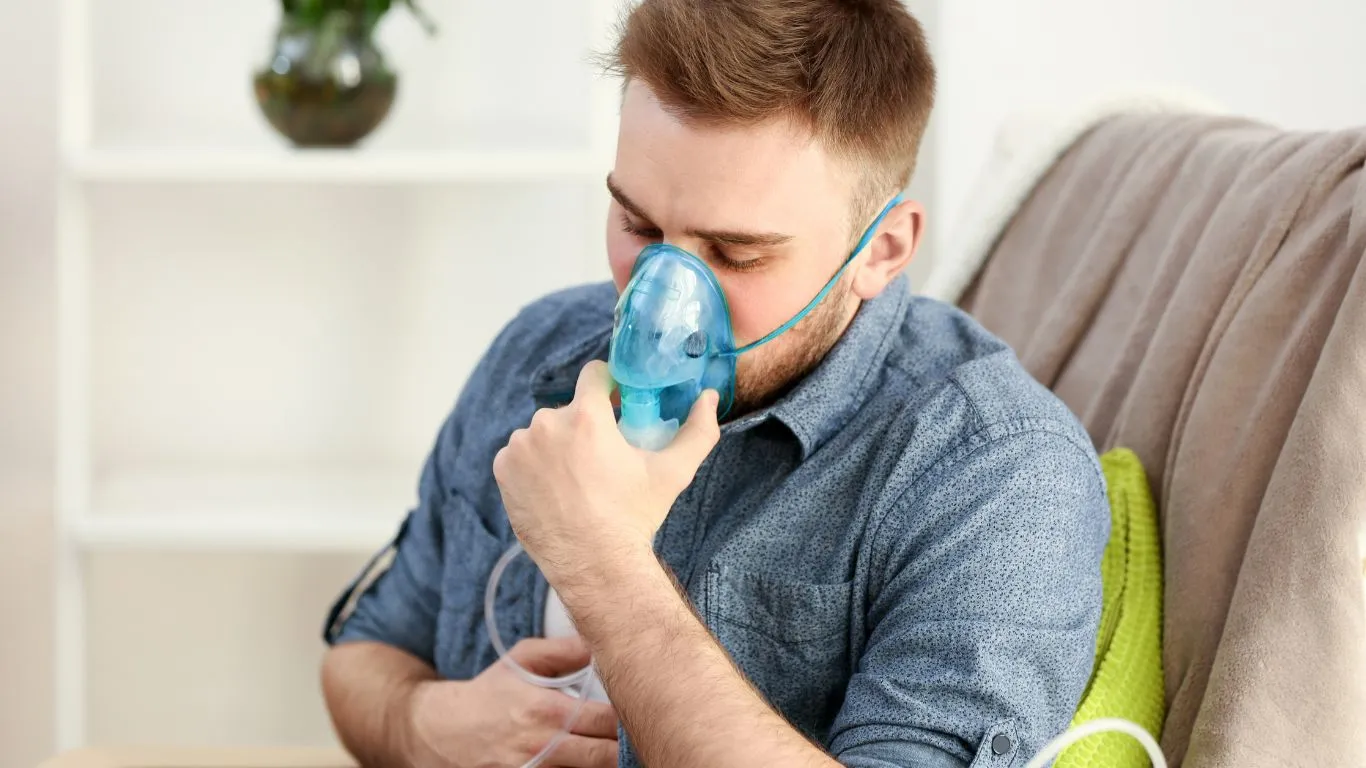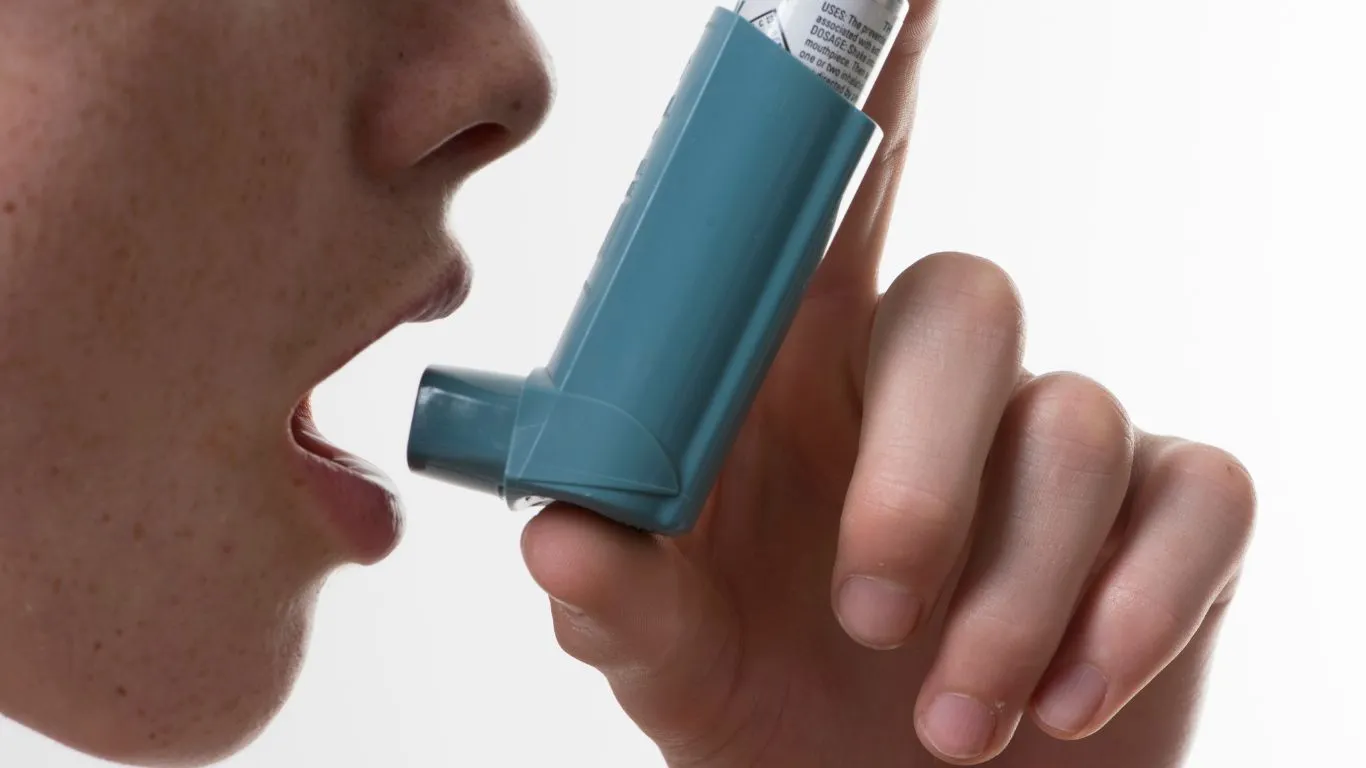Powerful Home Exercises to Improve Asthma Breathing Fast
If you’re anything like me—juggling work, family, and trying to stay on top of your own health—you know how challenging it can be to manage asthma day-to-day. As a pulmonary nurse practitioner, I’ve seen firsthand how home exercises to improve asthma breathing can make a night-and-day difference. These aren’t intense workouts or anything complicated—just simple, consistent movements that help open up your airways, strengthen your lungs, and reduce those panicky, breathless moments. Whether you’re newly diagnosed or have been living with asthma for years, there’s a lot you can do from the comfort of your home to breathe easier.
Why Home-Based Asthma Breathing Exercises Work

One thing I always tell my patients is that asthma doesn’t mean you have to feel out of control. In fact, many people are surprised to learn that some of the most effective tools for managing their symptoms don’t involve medications at all. These home exercises to improve asthma breathing can help train your respiratory muscles and boost your overall lung function. Think of it as physical therapy for your lungs.
Now, let’s be real—these exercises won’t replace your rescue inhaler, and I’m not suggesting you toss your controller meds. But when used alongside your asthma action plan? Magic. Over time, these techniques can reduce the frequency and intensity of your symptoms, making flare-ups less scary and more manageable.
Benefits You’ll Notice with Consistent Practice
- Improved airflow: Better breathing mechanics mean less wheezing and tightness.
- More energy: Oxygen is your body’s fuel—get more of it, feel better.
- Stress relief: Many breathing techniques also reduce anxiety, which can be a trigger for asthma.
- Fewer flare-ups: Strengthening your lungs helps buffer against triggers like allergens or cold air.
Getting Started: Create a Calm Breathing Space

Before we even dive into the exercises, let’s talk setup. You don’t need a fancy gym or expensive equipment—just a quiet corner of your home where you can sit or lie down comfortably. I like to recommend having a pillow, yoga mat, and maybe some calming music or essential oils. You want your environment to be peaceful so your nervous system feels safe enough to relax—which is huge when you’re working on breathing.
Helpful Prep Tips
- Choose a time when your home is quiet—early morning or evening works great.
- Wear loose, comfy clothing so nothing restricts your chest or belly movement.
- Keep your rescue inhaler nearby, especially if you’re new to breathing exercises.
- Hydrate! Dry airways can make breathing feel tighter, so drink a glass of water before you start.
Deep Belly Breathing: The Core of Asthma-Friendly Exercise

This is one of my go-to breathing techniques, both for patients and myself on stressful days. Deep belly breathing (also called diaphragmatic breathing) helps activate your diaphragm, not just your chest muscles, so your lungs get fuller, more efficient breaths. Over time, it can help you feel less out of breath, especially during physical activity or an asthma flare-up.
How to Do It
- Lie on your back or sit upright with one hand on your chest and the other on your belly.
- Take a slow breath in through your nose for 4 seconds. Feel your belly rise—not your chest.
- Hold your breath for 2 seconds.
- Exhale gently through your mouth for 6 seconds. Your belly should fall.
- Repeat for 5–10 minutes, or until you feel more relaxed.
Pro tip from my clinic: Practice this technique twice a day. It’s a small commitment that yields major long-term benefits. Some of my patients even do it while watching Netflix or before bed—it doesn’t have to be formal or perfect to work.
Pursed-Lip Breathing: A Simple Way to Slow It All Down

Now that you’ve got the hang of belly breathing, let’s talk about another low-effort, high-impact technique I often recommend to patients: pursed-lip breathing. I use this one myself after a brisk walk or when I feel tightness starting to creep in. It’s incredibly helpful in preventing that breathless panic loop that asthma can trigger.
The idea behind pursed-lip breathing is to help you get rid of stale air that gets trapped in your lungs. By controlling the flow of your exhale, you reduce the amount of air that stays stuck and give your lungs more room to take in fresh oxygen. It’s like gently deflating a balloon instead of letting it snap all at once.
How to Do It
- Inhale through your nose for 2 seconds.
- Purse your lips like you’re about to whistle.
- Exhale slowly and gently through your pursed lips for 4 seconds.
- Repeat for several minutes—especially useful during physical activity or an asthma episode.
Bianca’s tip: I remind my patients that this technique is fantastic in real-life moments—like climbing stairs or walking outside on a chilly day. It gives you a sense of control when your lungs are acting out.
Stretching and Light Movement: Lung-Friendly Mobility

Here’s something a lot of people don’t realize—your lungs actually benefit from gentle, full-body movement. I’ve worked with patients who were hesitant to move at all because they feared triggering symptoms. But avoiding movement entirely can actually make breathing worse over time. Stretching and slow mobility exercises help expand your rib cage, relax tight chest muscles, and promote better posture—so your lungs have more room to do their job.
Nothing fancy here—just slow, mindful movement. You don’t need to break a sweat. The goal is to get your body in a rhythm that supports deep, even breathing.
Easy Moves to Try
- Chest openers: Clasp your hands behind your back, straighten your arms, and gently lift your chest. Breathe deeply.
- Side stretches: Stand with feet hip-width apart and reach one arm over your head while leaning to the opposite side. Switch sides after a few breaths.
- Neck rolls: Loosen up neck and shoulder tension, which can sometimes interfere with healthy breathing posture.
- Seated spinal twists: While sitting, gently rotate your torso to one side and hold. Switch and repeat.
Doing these daily—or even a few times a week—helps you stay flexible and improves lung capacity over time. One of my patients, a retired teacher, started doing just 10 minutes of stretching with her morning tea, and she swears it’s made a huge difference in her asthma control.
Incorporating Resistance Breathing Tools

Okay, let’s chat about a bonus option: resistance breathing devices. These are small handheld tools (you might’ve seen them on fitness blogs or even social media lately) that help train your breathing muscles. I’ve used them in clinical rehab settings, but you can absolutely use them at home too.
When used correctly and consistently, they can strengthen your diaphragm, improve exhalation control, and even boost your endurance. Just a few minutes a day is all it takes.
Popular Options Include:
- Incentive spirometers: Often used post-surgery but helpful for people with chronic lung conditions too.
- Breath trainers: Devices like The Breather or PowerBreathe that add resistance to inhaling and exhaling.
- PEP therapy devices: These help keep airways open, especially useful if you produce mucus when your asthma flares.
Word of advice from my clinic chair: Always talk to your provider before starting with these tools—especially if your asthma is moderate to severe. Some patients may need personalized guidance or lower resistance settings to avoid overexerting their lungs.
How to Use Safely at Home
- Start with just 1-2 minutes per day to see how your lungs respond.
- Use when you’re calm—not during an active asthma attack.
- Keep a log of how you feel before and after. Are you breathing easier? Less tightness? That feedback is gold.
Over time, I’ve seen these simple devices become game-changers for patients who felt stuck with their breathing progress. One of my longtime patients now brings her Breather device on vacation—it’s that easy to pack and use on the go.
And remember—none of this has to be perfect. These home exercises to improve asthma breathing are meant to be approachable and manageable, even on your tired or low-energy days. Just show up, even for a few minutes. Your lungs will thank you.
Making It a Habit: Building a Home Breathing Routine That Sticks

Let’s be honest—starting something new is one thing, but keeping it up? That’s where most people get tripped up. I’ve seen it again and again in my clinic. Someone starts strong with home exercises to improve asthma breathing, then life gets busy, routines fall off, and before they know it, they’re right back in a cycle of tight chest, shortness of breath, and frustration.
The key isn’t perfection—it’s consistency. I always encourage my patients (and myself!) to build these exercises into moments that already exist in your day. Whether it’s first thing in the morning, during lunch, or while winding down before bed, the goal is to make it part of your rhythm, not just another “to-do” item.
Easy Ways to Fit It In
- Pair it with daily habits: Practice breathing while your coffee brews or while watching TV.
- Use reminders: Set a recurring alarm or leave sticky notes in places you’ll see.
- Track your progress: Use a simple journal or notes app to log how you feel before and after.
- Get support: If possible, involve a family member or friend to join you. It’s easier with a buddy.
I have a patient who does her breathing exercises right after brushing her teeth. Two minutes, twice a day. That’s it. She told me it’s helped her avoid using her rescue inhaler nearly as often—and that’s a big win in my book.
Staying Informed: When to Call in Your Healthcare Team

As empowering as these home strategies can be, it’s just as important to know when you need a little extra help. Asthma can be unpredictable, and while breathing exercises are amazing tools, they’re not magic. If you’re finding your symptoms are getting worse, or your peak flow readings are dropping despite regular practice, it’s time to call in backup.
One thing I emphasize a lot in my practice is the importance of having a clear asthma action plan. Your exercises should complement your treatment—not replace it. Think of this as a team approach. You, your body, your breathwork, and your provider, all working together.
Signs to Watch For
- Needing your rescue inhaler more than twice a week (outside of exercise-induced asthma).
- Nighttime symptoms waking you up more than twice a month.
- Limited ability to do normal activities, like walking up stairs or doing housework.
- Feeling like your chest is constantly tight or wheezy, even at rest.
When in doubt, check in. I’d much rather see a patient early than after a scary ER visit. I’ve seen the difference early intervention can make—especially when someone’s been consistent with their home routines. It gives your care team more to work with.
Personal Story: How I Use Breathing Exercises Too
Okay, real talk for a second—as a pulmonary nurse practitioner, people sometimes assume I’ve got perfect control over everything. But I’m human. I’ve had my own bouts with respiratory issues (especially during allergy season), and honestly, these breathing exercises have helped me just as much as they help my patients.
On hectic days when I feel my chest getting tight or I catch myself shallow breathing because I’m stressed? I hit pause and do 5 minutes of deep belly breathing. It grounds me. It reminds me of what I tell others every day—that we can’t control everything, but we can control how we support our bodies through it.
These exercises have become a kind of ritual for me. Not just for asthma, but for peace of mind. And when you live with a chronic condition, that’s half the battle—feeling like you’re in control again.
References
- American Lung Association
- Centers for Disease Control and Prevention
- National Heart, Lung, and Blood Institute
- Mayo Clinic
Disclaimer
This article is for informational purposes only and does not replace professional medical advice, diagnosis, or treatment. Always consult your healthcare provider before starting any new exercise or breathing routine, especially if you have a chronic lung condition or other health concerns.

Bianca Nala is a compassionate Nurse Practitioner with a strong background in primary and respiratory care. As a health writer for Healthusias.com, she combines her clinical expertise with a talent for clear, relatable storytelling to help readers better understand their health. Bianca focuses on topics like asthma, COPD, chronic cough, and overall lung health, aiming to simplify complex medical topics without losing accuracy. Whether she’s treating patients or writing articles, Bianca is driven by a single goal: making quality healthcare knowledge accessible to everyone.






